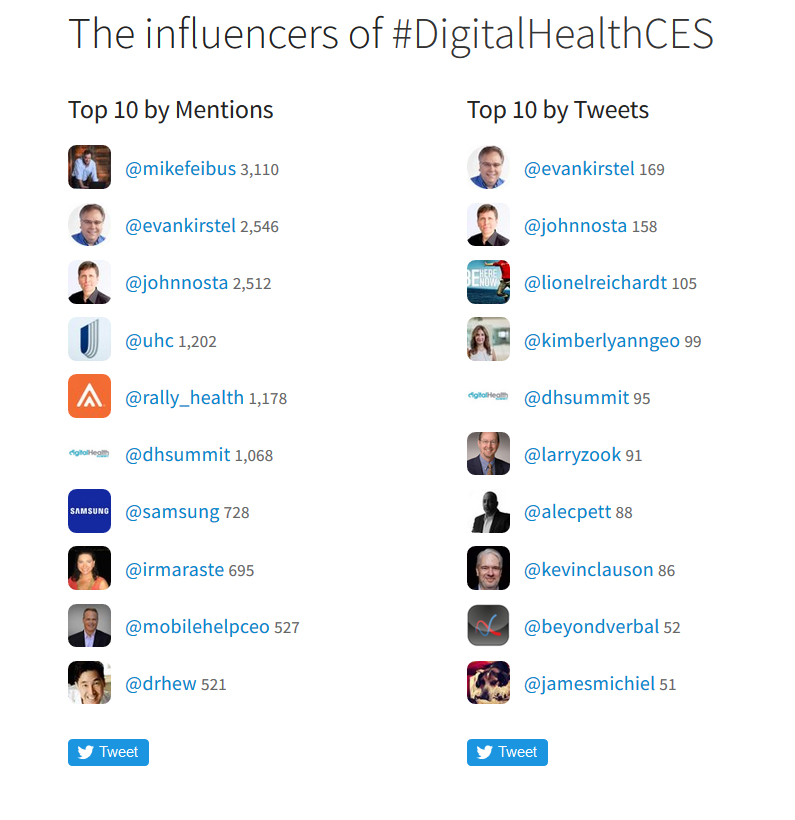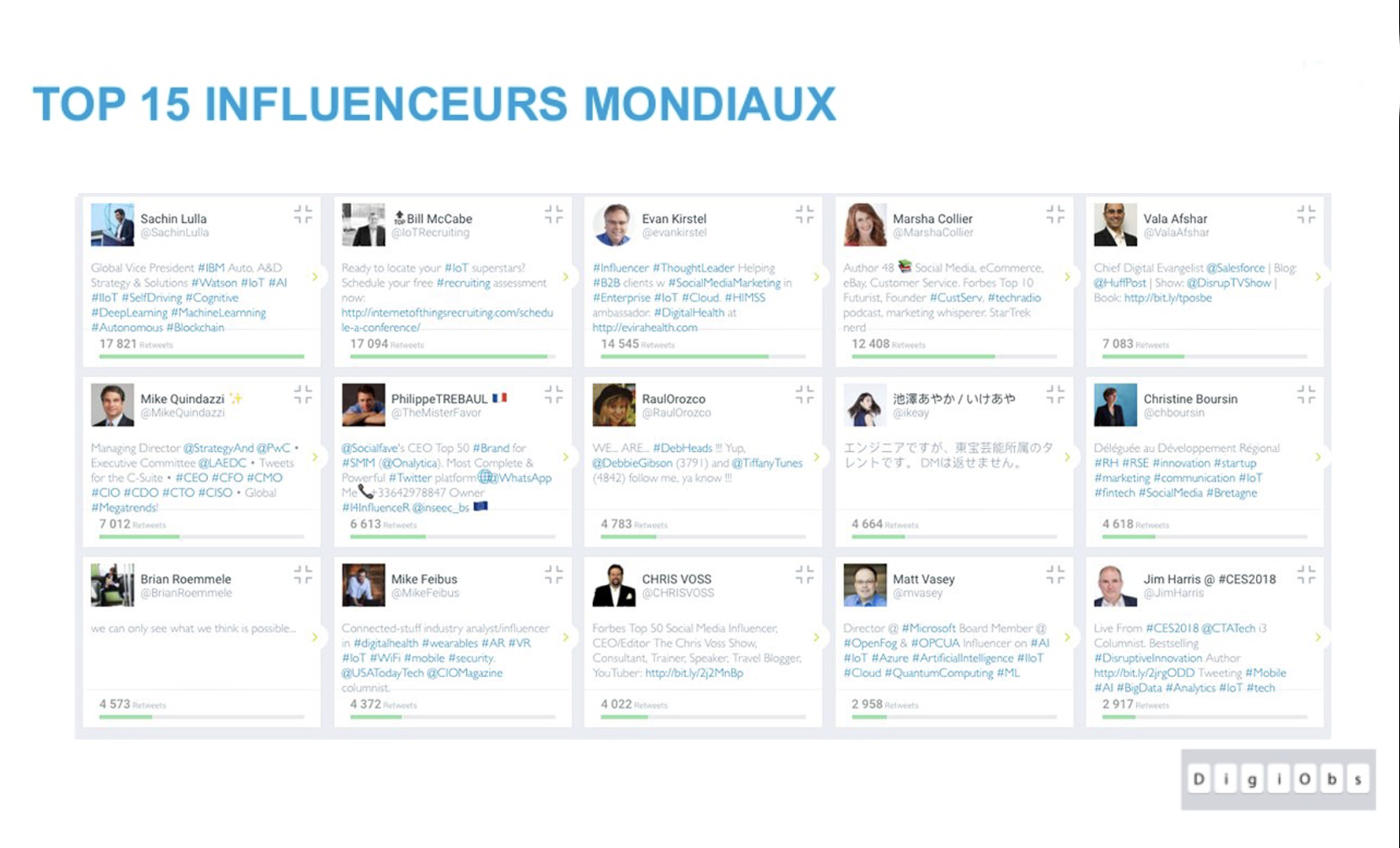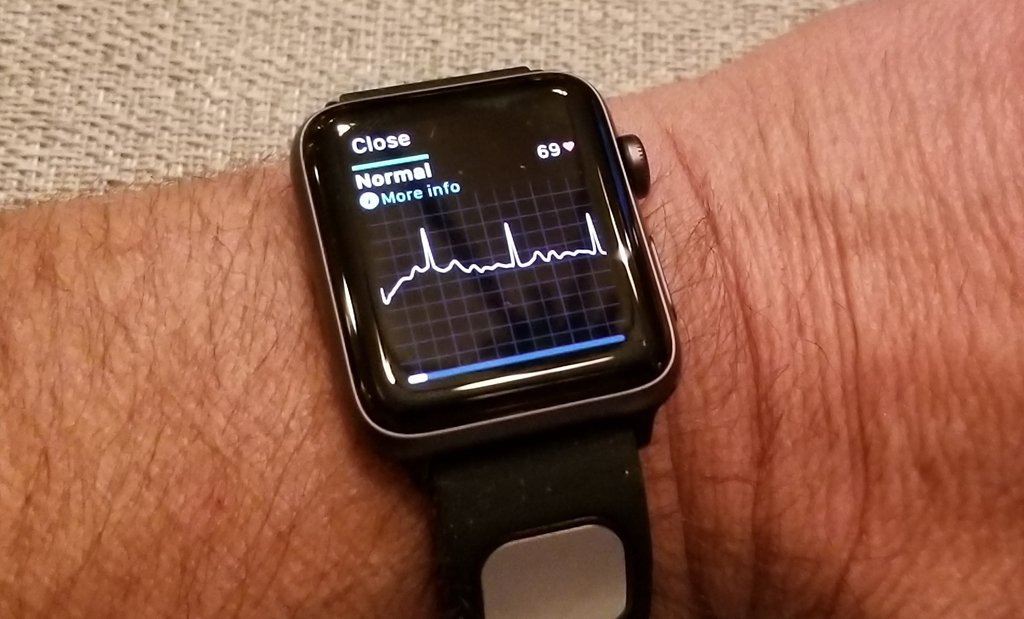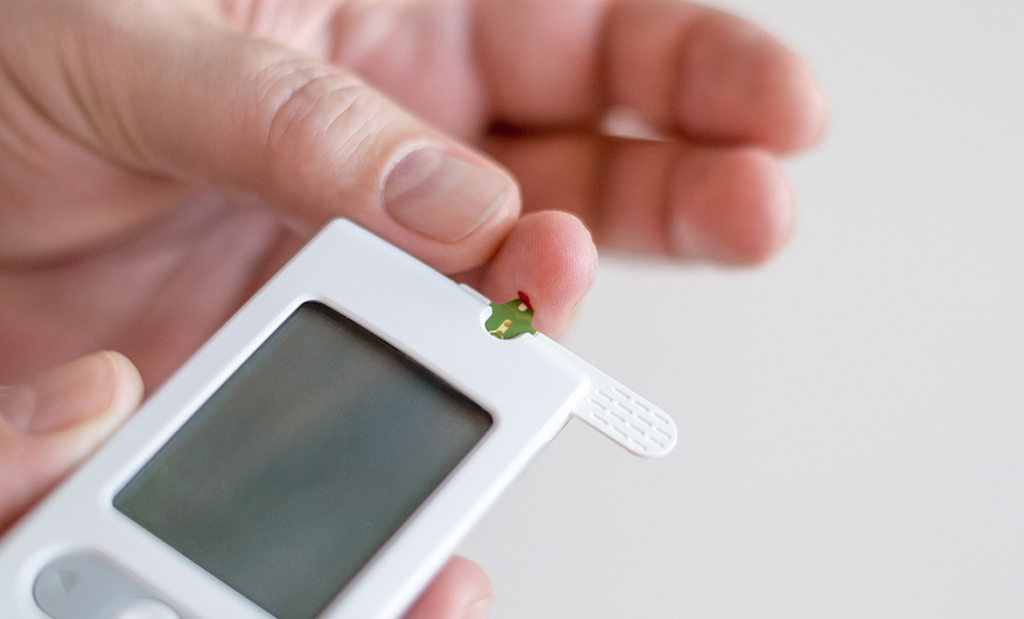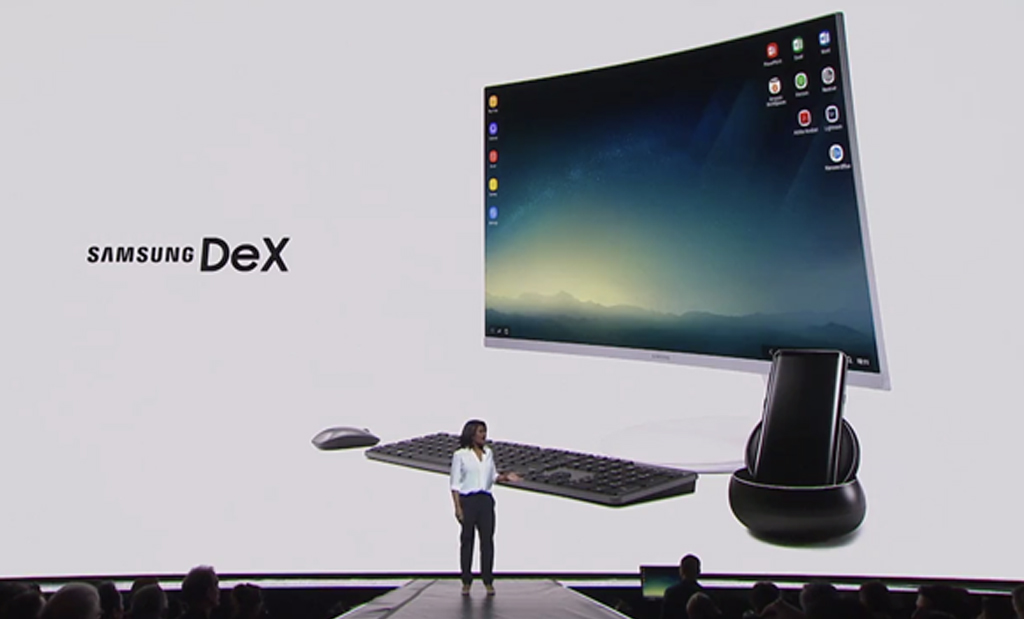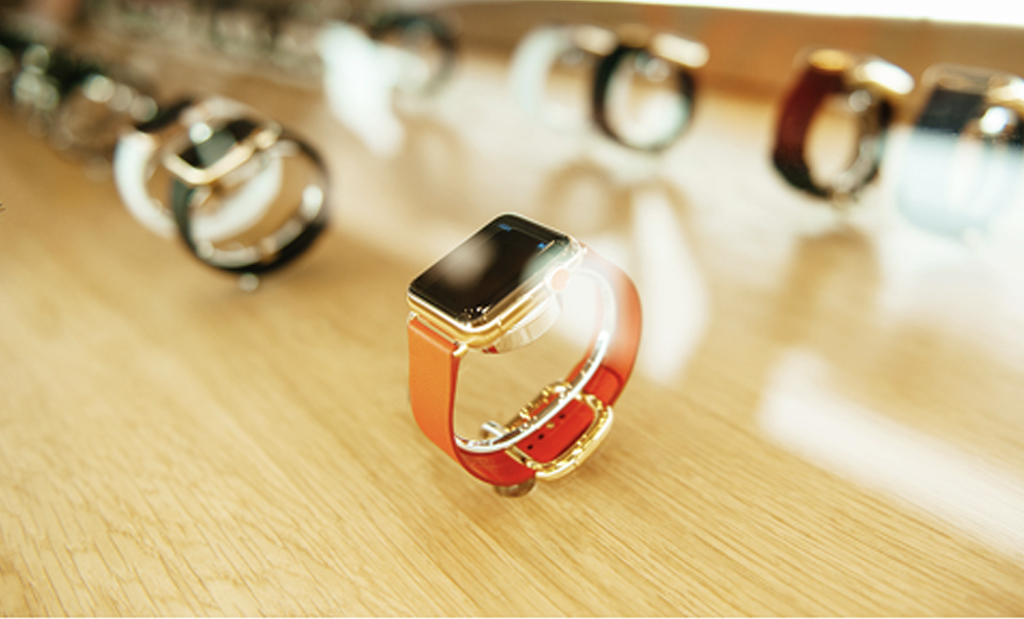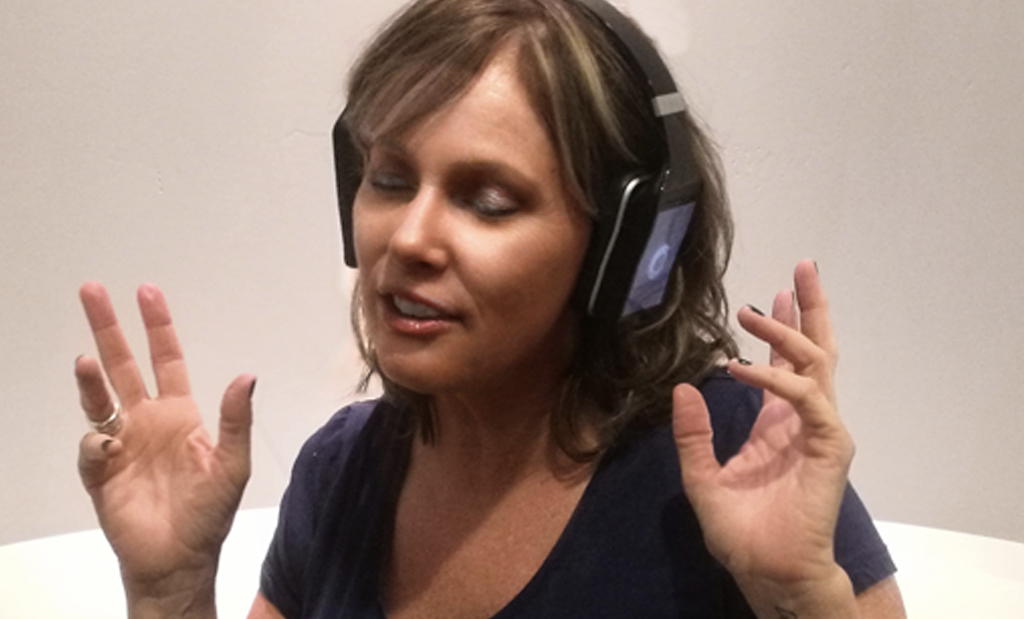The new category of whole-home Wi-Fi, or mesh networks, has really shaken up the router market. That’s because it delivers everything consumers want: a network that is easy to set up, effortless to secure and maintain and blankets the home with great coverage to all of the family’s growing collection of devices.
What could be better than that?
Plenty, actually. Qualcomm is now unveiling what I call Mesh Network 2.0, the next generation of whole-home Wi-Fi. The wireless pioneer is improving on existing capabilities and adding new features, including:
- Integrated voice assist, to give hardware vendors the ability to easily extend intelligent speakers like Amazon Echo, Google Home and Microsoft Cortana,
- IoT radios, to enable devices on the Wi-Fi network to interact directly with thermostats, security systems and other smart home devices, and
- Powerline, to help extend wireless networks in homes with walls that block radio waves.
Qualcomm is also making its distributed Self-Organizing Network (SON) technology available for license to internet service providers, so they can add mesh networking to their home gateways.
On the eve of this announcement, I caught up with Rahul Patel, Senior Vice president and General Manager of Qualcomm’s Connectivity business unit. We took a few moments to take stock in how far the industry has come, as well as what lies ahead.
Question: What Qualcomm has done with home Wi-Fi is really commendable, because the market had gotten so out of touch with what consumers needed. Still, it was a risky move to switch gears at a time when the industry was so obsessed with higher peak bandwidth numbers. What gave you the confidence you could be successful?
Answer: Because, as you said, the market had gotten so out of touch. What we’re delivering is so much better suited for what’s happening on home networks today that it was only a matter of time before it became successful.
Still, we are pleasantly surprised, but not shocked, by how fast mesh network systems have come on. And how much consumers were willing to pay to solve their home Wi-Fi problems. It just goes to show you that if you solve real-world problems – rather than just deliver technology – people see the value.
Question: And OEMs are on board now?
Answer: Oh yes, definitely. Sales are growing, new designs continue to be announced. ASPs are rising. And we expect they’re seeing other benefits, too. Support calls and returns are coming down, and that contributes directly to the bottom line.
You know, it’s interesting. The lower support calls has really gotten the attention of the carriers. Many consumers just use the Wi-Fi that’s built into the gateway they get from the cable company or the phone company. Anytime a customer calls them up to solve a Wi-Fi problem, it cuts into their profits.
Question: So that’s why you are offering the carrier-grade SON features for license?
Answer: That’s right. That will really give the carriers a lot of flexibility to offer mesh network bundles – and get to market sooner with their existing hardware designs.
Question: It’s interesting that you’re also announcing integrated voice assist capabilities. Typically, people think of voice assist as something you connect to the network, not something that comes with the network.
Answer: It’s both. The more places in the home you can communicate with your assistant, the more valuable the assistant becomes. So maybe your Echo is in the kitchen. Now, if the router is in the living room, then you can ask Alexa a question there too. And maybe hear the answer through the home theater system.
If you have a mesh node in the bedroom, then it means you can ask Alexa to, say, add shaving cream to the shopping list. Or turn down the thermostat.
Question: That’s another big piece of this announcement, yes?
Answer: Oh yes. Lots of IoT hardware communicates over wireless networks that are completely separate from Wi-Fi. So that’s why we’re adding Bluetooth, 802.15.4 and our own CSRmesh to the home networking platform. That way, you don’t need to worry about buying separate hubs for things like lighting and security. Just connect them right up to the network.
And then you can control them with an app. Or with your voice assistant.
And if you asked your voice assistant to put shaving cream on the shopping list, then it could use the Bluetooth speaker you have in the bedroom to respond.
Question: All of this really does add a whole new layer of interoperability to the home network. When will we start to see Mesh Network 2.0 products, Rahul?
Answer: Watch for them this year!



